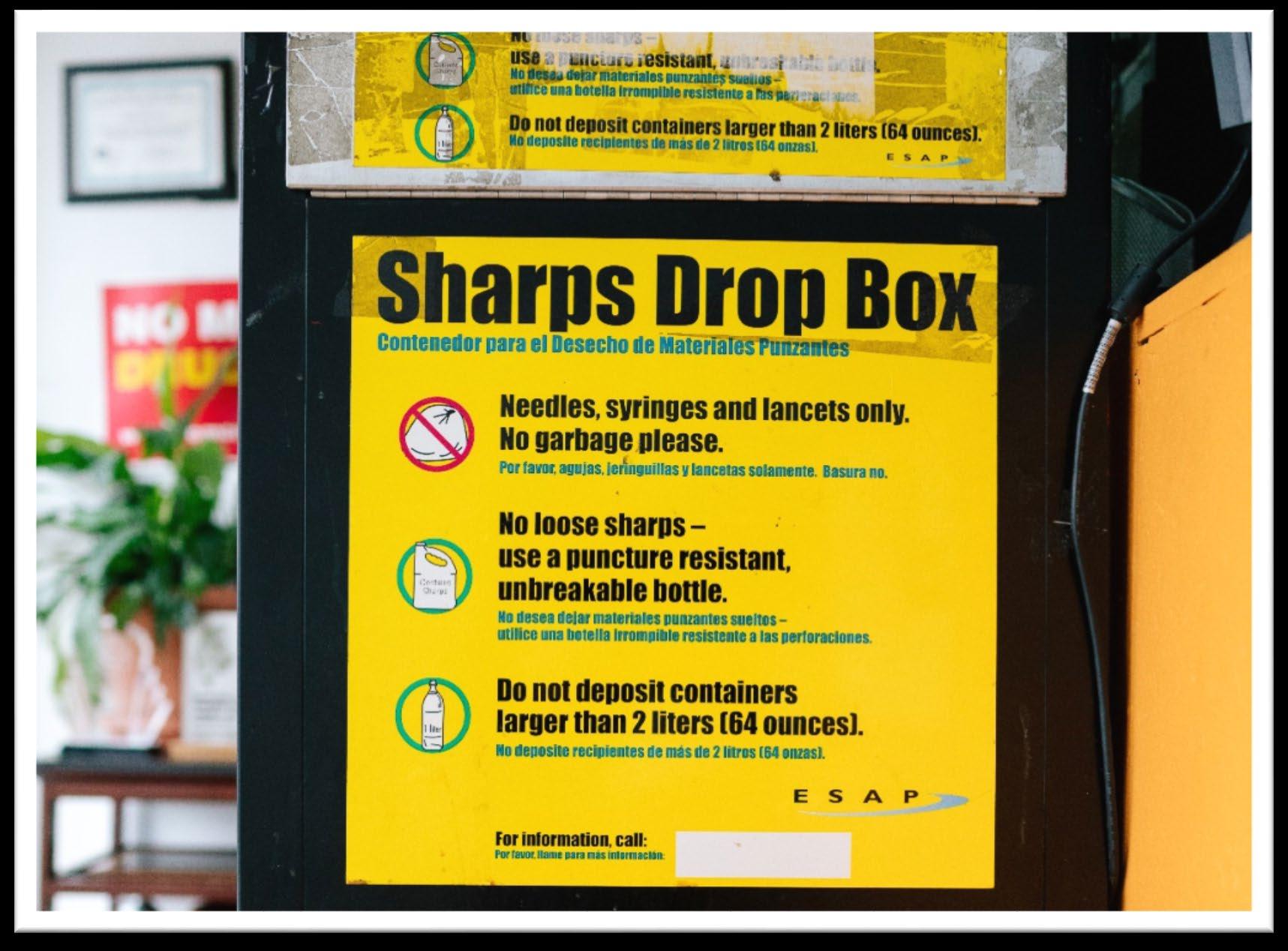
2 minute read
Harm Reduction
Insights participants consistently emphasized the importance of harm reduction programs in reducing overwhelming overdose death. Clinicians and community members alike succinctly named the urgency of the opioid crisis, the incredible loss of life caused as a result, and the implication of what has been a primarily punitive approach to addressing addiction and the crisis as a whole.
Every five-and-a-half minutes, someone dies from a drug overdose in the United States.10 Many of these lives could have been saved with various harm reduction responses that position people who misuse drugs closer to systems of care and support rather than isolation, criminalization, incarceration, and ultimately death.11 Insights participants repeatedly named the urgent need for policymakers to increase access to evidence-based care and harm reduction measures for people living with addiction and substance abuse disorders.
Advertisement
Harm reduction efforts provide proactive and evidence-based approaches to reduce the negative personal and public health consequences associated with the misuse of drugs.12 These efforts facilitate a spectrum of practical strategies, policies, and programs to reduce the harms caused by drug use. Insights participants described several all-hands-on-deck coordinated responses that engage primary care practitioners, first responders, people who use drugs, their families and loved ones, advocates, and peers into an ecosystem of support. These collaborative, evidencebased, and trauma-informed responses function as a North Star in transforming the way we understand addiction, treatment, and recovery. Throughout the sessions, participants outlined various harm reduction approaches that effectively shift away from the punitive and carceral responses to addiction and substance use and instead move toward evidence-based public health approaches rooted in care and compassion. Harm reduction as both a holistic approach and a set of values that centers principles of humanism, pragmatism, autonomy, incrementalism, and accountability without causing further harm was a consistent reframe across all Insights sessions.
Participants and thought leaders agreed that harm reduction services save lives by being available and accessible to people and emphasizing the need for empathy, care, and compassion toward people who use drugs.
Participants stated that harm reduction is critical to preventing drug-related deaths, enabling access to healthcare, social services, and treatment, effectively reducing overdose fatalities, preventing life-threatening infections related to unsterile drug injection, and treating chronic diseases such as HIV and hepatitis C.
Essential harm reduction responses named during the sessions included syringe service programs, fentanyl test strips, naloxone and overdose education kits, sterile syringes and other injection equipment to prevent and control the spread of infectious diseases, syringe service programs, hygiene supplies, medical care including wound care, and peer counseling. Successful implementation of harm reduction efforts can reduce overdose deaths, sharing of substance use paraphernalia, the spread of infectious diseases, and stigma, and increase access to health services, including referrals to supportive programs and social services (including treatment and recovery support services).
Priorities identified in this area include:
• Broadly supporting the expansion and innovation of harm reduction
programs and services, including procurement of supplies
• Community education
• Supportive and holistic programming
• Expanding supportive environments, including mobile sites
Pictured: A sharps drop box at a service provider office in Brooklyn
STIGMA,THIS IDEAOF TOUGHLOVE,

thispuritanical approachthatsays ‘ourwayorthe highway’ …for peoplewhoare alreadyinpain,isa problem — weare banishingpeople wedon'twantto dealwith.











